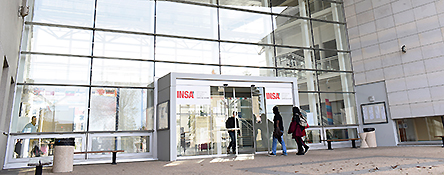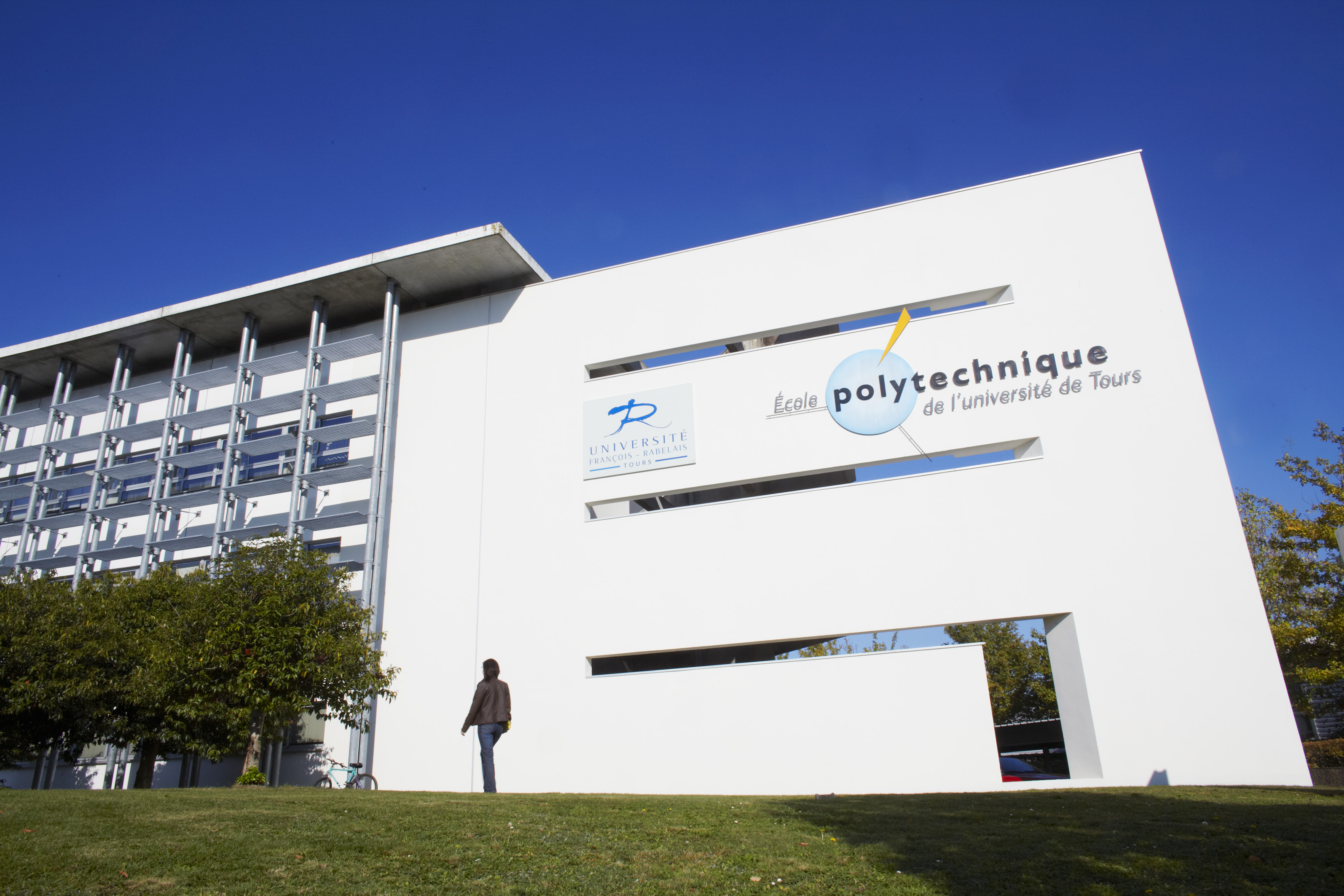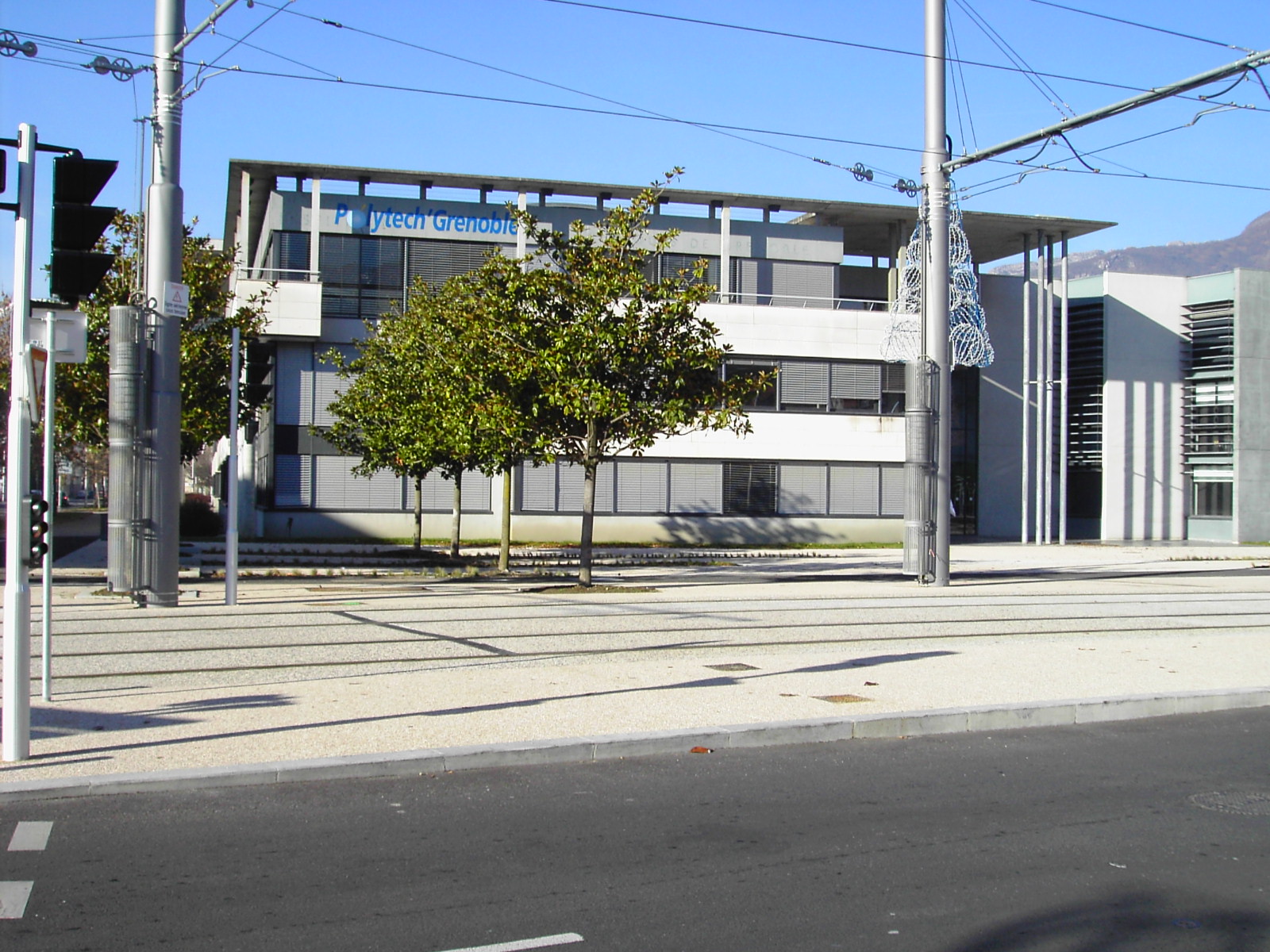My experience so far. You can also give a try to my linkedIn page or my CV.
Professional timeline (click for more information)

- * Research in cybersecurity applied to various fields: medical data, HPC, and networks
- * Co-advising Denis Mamba Kabala's PhD about Federated Learning applied to wineyards data into MERIAVINO project
- * Co-advising Usman Isah's PhD about network intrusion systems based on Federated Learning in the context of networks dedicated to agriculture

- * Research in High Performance Computing and cybersecurity
- * Assistant Professor representative at INSA CVL Scientific Council
- * Head of INSA CVL online education
- * INSA CVL representative at INSA Group online education council
- * Head of LIFO computing infrastructure at INSA CVL

I won a scientific award (President International Fellowship Initiative) that gave me grants to spent 5 months in Beijing, China. I was a guest of Chinese Academy of Science, in the exact place of birth of the "Great Firewall of China"! Being there was a quite instructive experience. I've worked mainly on Hadoop and HPC, and I traveled around Beijing to present my work. I also discovered a lot about Chinese culture, food, and everyday life. My activities included:
- * Setting up answers to call for French/Chinese cooperation between labs and other various sources of fundings
- * Working on a prototype of HPC + Hadoop based on YML and Tez
- * Studying about machine learning, GPU and energy efficient methods
- * Designing and prototyping big data-based methods for distributed large-scale log security analysis

I spent one year and a half in Tours (a really nice city and a very good base camp for visiting a lot of "Châteaux de la Loire") working in a team dedicated to Operational Research about scheduling issues in Hadoop. As any man with a strong (distributed) system background, I knew about scheduling, but I didn't have any idea of how wide this domain is. It was a really enriching experience to be in such a team so far from my domain. My main achievements there where:
- * to make a Mahout-based recommender that semantically analyze tweets from users
- * to develop an SPT-based scheduler for Hadoop (there's a paper about it)
- * to work along with Renault and CYRES (a private company specialized in big data) in a project aiming at analyzing logs for commercial purposes.

Member of Seed4C project.
During this 1 year stay at INSA CVL I've worked in Bourges within SDS team (LIFO lab). The team research field is security so I had a lot to learn at first about it. I worked for Seed4C project, an (european) Celtic plus project. The project goal was to provide in-depth and end-t-end security to clouds. At ENS Lyon, the upper-level tools developed in the project are the ground of a start-up that helps secure cloud deployment (its name is Qirinus). My work was just under these tools layer. My main achievements here were:
- * Introducing the autonomic aspects into the components responsible for IaaS and PaaS security
- * Specifying how security requirements should be handled by Openstack's Neutron component (SDN component). A group of students realized a working prototype on my behalf.
- * At a personal level, I learned a lot about security!

Working for SimgGrid project.
I've occupied for 2 years a full-time teaching position at Polytech Grenoble while continuing doing research around with SimGrid project. The main challenge in this position lies in trying to do some research while most of your time is spent doing courses. Easier to do the second year. I've continued to work there on simulation, while there was a broader type of distributed sytems to simulate (clouds, P2P systems). I also got involved in many non-scientific of the long-living SimGrid project, and tried to help with my private sector experience about documenting and easing users acceptance of the tool. I gained there interest about reproductibility in computer science research (actually today it's certainly one of the biggest problem in academic research from my point of view). I had the chance not to have to cope with courses that were out of my research scope. I teached networks, software engineering, algorithmics and programming, and of course systems (distributed or not). Some of the things I did there:
- * Model the network for both end user and the simulation engine: as in-memory network representation was growing quadratically given the number of nodes, network model. was one of the blocking factor for large scale simulation ; I've defined a model based on independent sub-nets that has allowed simulation to overcome this problem.
- * With a student, we wrote an Eclipse plugin helping users to describe their platform and setup their simulations
- * Worked with 2 other guys into allowing to replace SimGrid default network simulation engine to be replaced by ns-3 (a packet-layer simulator)
- * Worked on various tools dedicated to port/import data or program to SimGrid.

During my 6-months stay at Centre de Calcul de l'IN2P3 I've continued to work on realistic network generation and modeling for simulation. Centre de Calcul is the national data center for IN2P3 institute. This institute is dedicated mainly to HEP and it has tremendous needs in terms of both computation and storage. Working in such an environment is really insteresting and I learned a lot about practical aspects of HPC. I had the opportunity to work along with people from IT operational team about detecting and determining network faults (this is really close to my PhD subject, network tomography), while continuing my work began at ENS Lyon about realistic random generation of network description. There's a paper about one of the tools I've wrote or contributed to during that stay.

In Lyon I've worked within USS-SimGrid project on how to model and generate realistic platforms description to simulate distributed systems. That was my first step into simulation from a non end-user point of view. I learned there a lot about how to simulate things (fluid and discrete models) how to run simulation campaign (parameter sweeping, randomized setup) and how simulation results can easily be crooked and biased so as to reflect one's point of view. There's indeed a lot of things to consider to admit simulation results as having any significance. That year was also a good way to begin to work with many french academic computer scientists and to discover their universe. I did a lot of work trying to evaluate simulation bias due to simulation setup and I wrote a few tools to check if for example platforms descriptions used for simulation are realistic or not.

Automatic network topology discovery
During my PhD I had the occasion to go deeper on subject I was already working about as an engineer. I learned a lot about statistics with the help of Easter Selvan and I practiced a lot graph and category order theory. During my PHD I passed almost all my time either at my office at CPPM lab (a High Energy Physics lab) or at my ESIL office (a computer science school of engineering). The main thing I did for my company was to keep writing the scientific ground of our applications to CIR (Crédit Impôt Recherche, some kind of grant for investing into research) for any projects within South East of France. When I passed my Phd I quit with my company and moved to a post-doc position.
My PhD was about network tomography applied to EGEE grids. Here's the abstract of it:
Identifying and inferring performances of a network topology is a well known problem. Achieving this by using only end-to-end measurements at the application level is known as network tomography. When the topology produced reflects capacities of sets of links with respect to a metric, the topology is called a Metric-Induced Network Topology (MINT). Tomography producing MINT has been widely used in order to predict performances of communications between clients and server. Nowadays grids connect up to thousands communicating resources that may interact in a partially or totally coordinated way. Consequently, applications running upon this kind of platform often involve massively concurrent bulk data transfers. This implies that the client/server model is no longer valid. In this PhD, I present MINTCar, a tool which is able to discover metric induced network topology using only end-to-end measurements for paths that do not necessarily share neither a common source nor a common destination.
My main achievements during my PHD were to:
- * Define a mathemical model for this problem and prove that for any network it exists an unique model instance representing the network. This opened the way to design algorithm that give an exact representation of the network, contrarly to other existing algorithms for this problem.
- * Define packet-injections techniques to actually test the network efficiently
- * Design accurate and fast algorithms to achieve network tomography
- * Implement all those things into one tool and validate my approach on real networks.

I worked for 8 years total for a private company named CSSI that was later bought by BT. During that long period I've worked mainly on web and grid projects (that was before the cloud appeared) either for private sector projects or within the framework of European or French research projects. There's a lot to say about my work within those years: it learned me how to manage people, manage code, deliver products, lead project, design software and systems. I worked for clients such as Alcatel Space or Eurocopter just to name a few. It was a position with a lot of opportunities. I've worked on many different positions: grid architect and consultant, quality specialist, leader of various teams, either internal to the company (at most 4 persons during 3 years) or composed of projects partners employees (at most 20 persons across Europe during 1 year).
During that period I began to work at CPPM, a public (IN2P3) lab specialized in HEP, which was later one of my lab during my PHD. We were working for DataGrid, the first European fundings for CERN's LHC computing part. For those who are not into HEP (High Energy Physics), CERN's Large Hadron Collider is a particle collider near Geneva with a lot of huge equipment dedicated to detect particles resulting from high energy collision between atoms. In order to confirm a particle was detected, you need a lot of (Monte Carlo simulation) computation base on a huge load of traces produced by the different equipment. Then it was decided to gather computer resources from many HEP data centers to do this computation. There's a need of middleware to bring all those resources up as a huge data center: that was the concept of grid computing. I've been working mainly on architecture, design, test and benchmark of such systems, as well as defining accurate quality metrics for such huge projects.

First working experience as an engineer
Before that I did various really short-term jobs (grape harvester, night club and private parties bouncer may be the funniest). As my first job, I had (and did) to realize a search engine based on metadata about videos. It was a one year position funded by a research project named SPIHD (Service et Programme pour l'Internet Haut Débit). I was paid by INRIA and my office was at ENS Lyon. When I remember that the futuristic part of the project was having streamed access to high quality video , I feel so old I want to forget about it. Anyhow a good experience, but as it was in a lab I was missing the feeling that I was doing some "real life" thing. That's why I looked for my next position in a private company.

High Performance Computing Master
I've passed my last diploma before I begin to work at Lyon. At that time, there was a master which was common to Ecole Normale Supérieure de Lyon, INSA Lyon and UCBL (Lyon's science university). As ENS is south of Lyon and INSA and UCBL are north, we constantly had to commute between courses. However it was really interesting to meet people with such different background. Before that I moved a lot and spent my university years in Marseilles and Poitiers (first year in Marseilles, second and third in Poitiers, then again Marseilles). Younger I moved a lot in France with my family: I'm born in Seine-Maritime, and we've spent some years in Marseilles, Lyon, Auch (in South-West of France) or Largentière (a small town in Ardèche) to name some of my former hometowns.